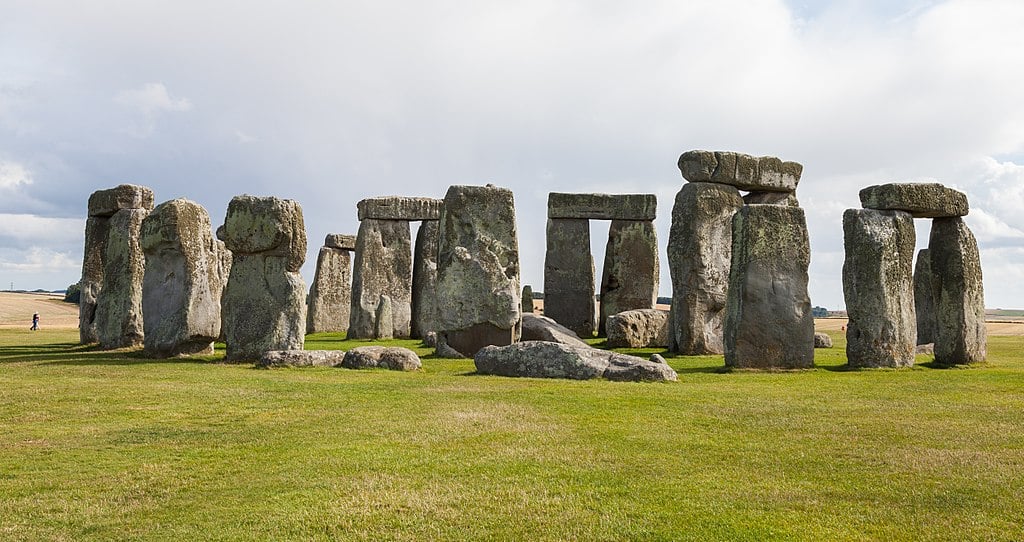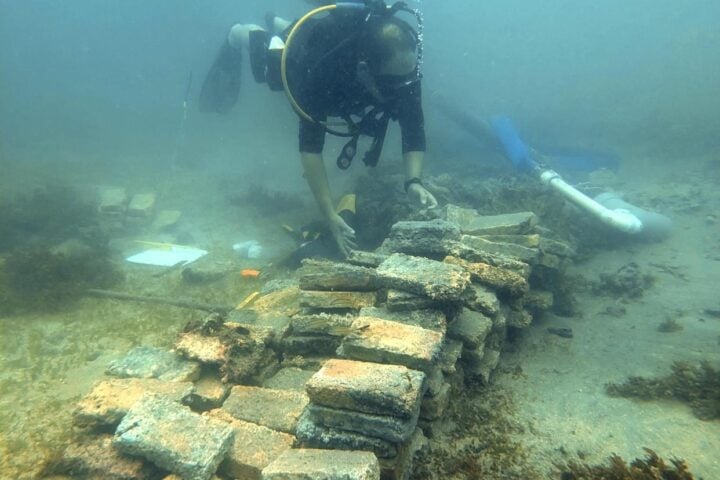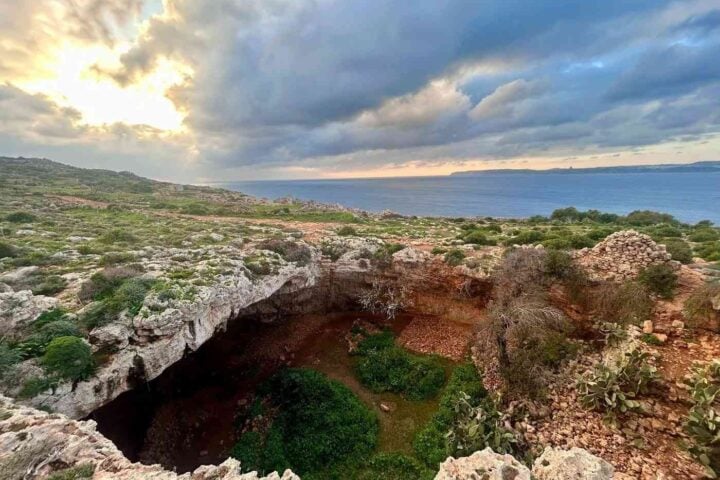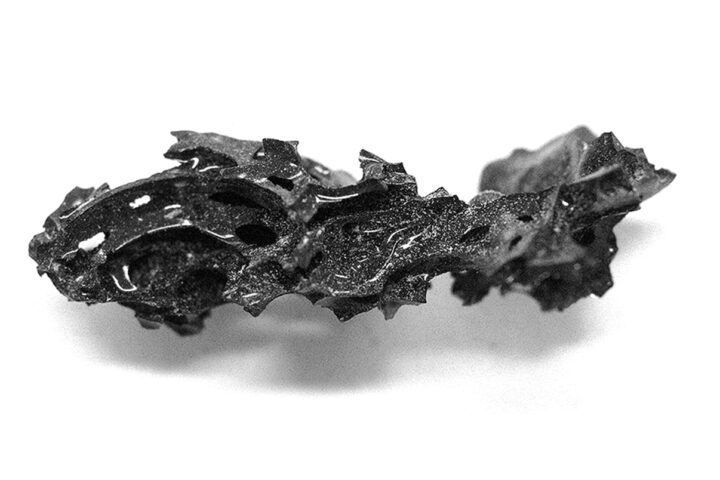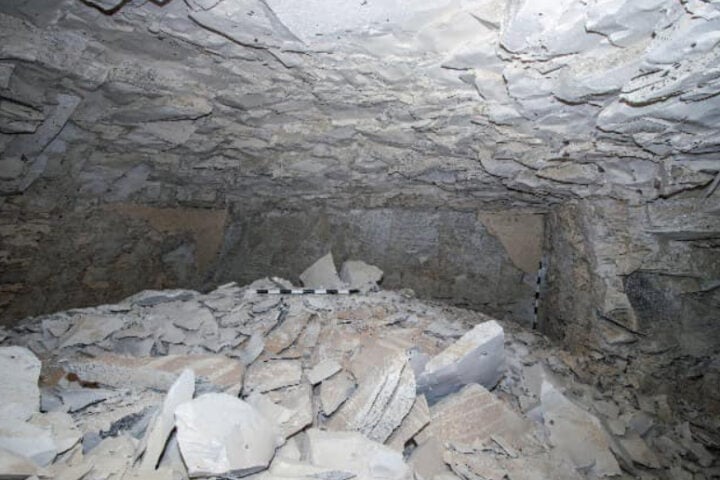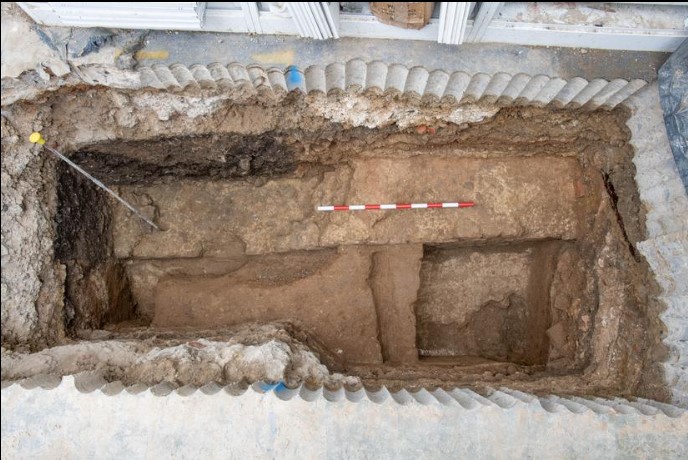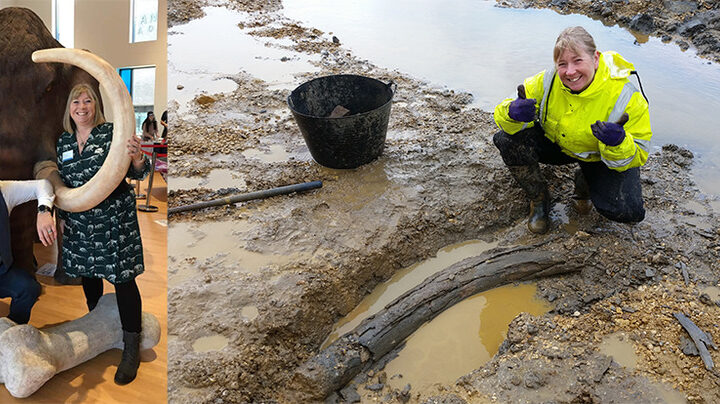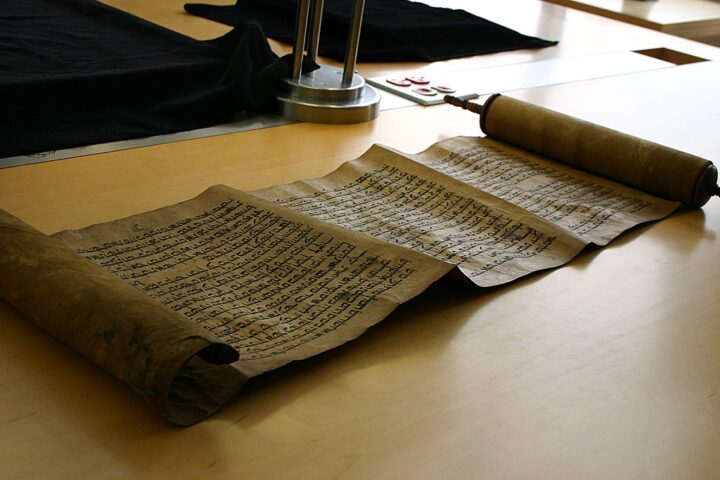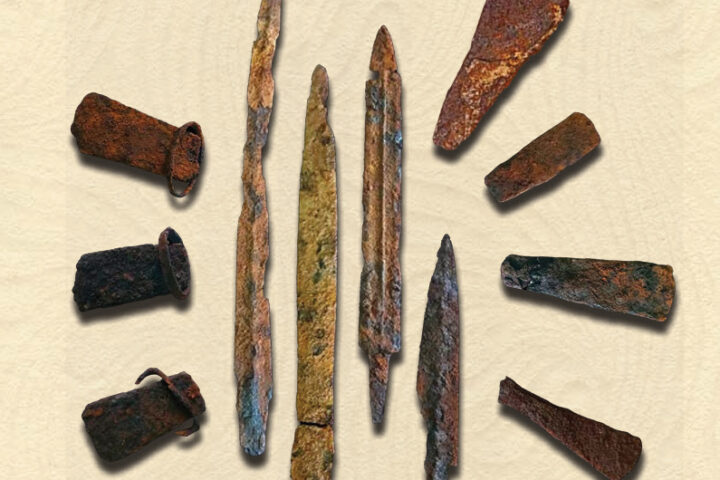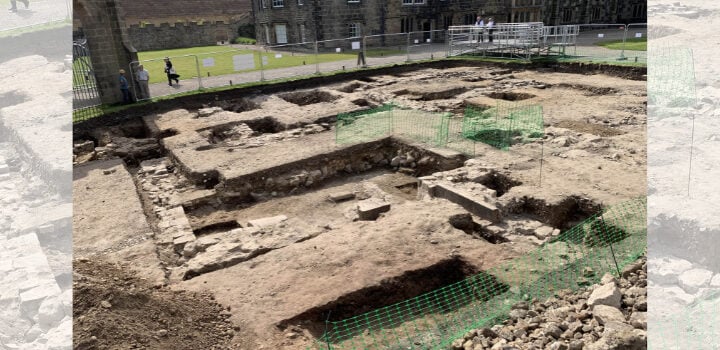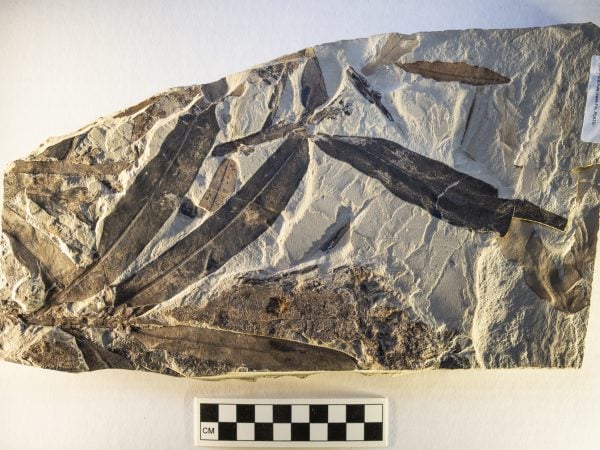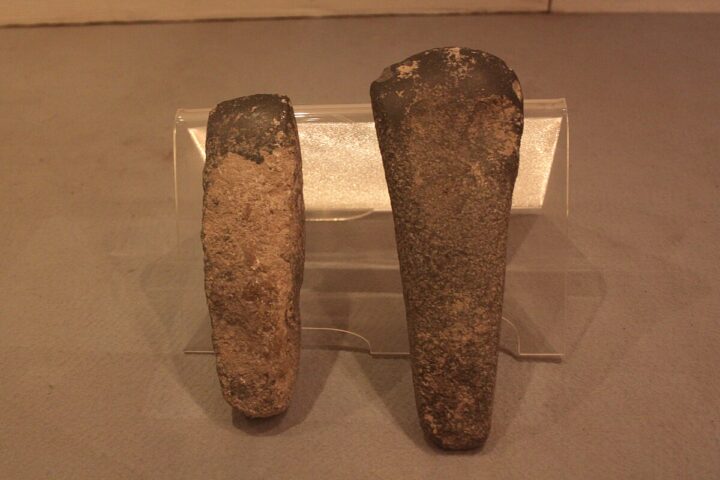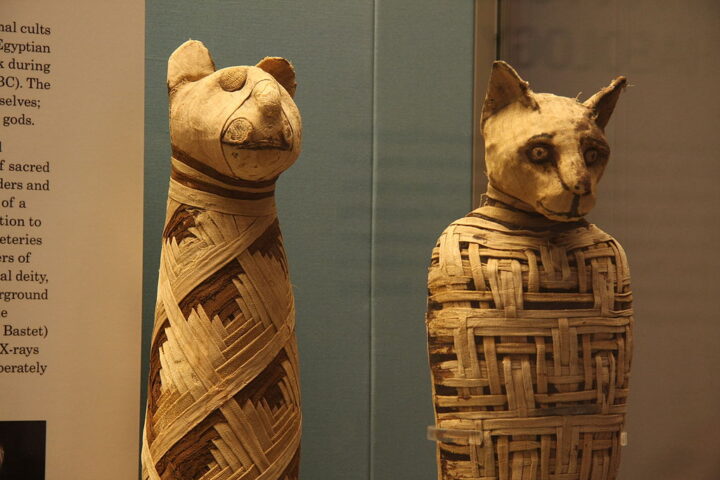Scientists have discovered new clues about why ancient Britons rebuilt Stonehenge 4,500 years ago. The massive stone circle wasn’t just a religious site – it was also built to bring communities together during a time when newcomers were arriving from Europe.
The key to this discovery lies in the Altar Stone, a massive block weighing 6 metric tons. Scientists recently found that ancient builders moved this stone from northeastern Scotland to southern England – a distance of 700 kilometers.
“This site was important to people across Britain, not just those living nearby,” says Mike Parker Pearson from University College London. His team found that ancient builders chose stones from different parts of Britain on purpose.
The timing of this massive building project is crucial. Between 2620 and 2480 BC, new people called the Beaker folk were arriving from Europe. They brought new skills like metalworking and the wheel. These changes meant communities needed to find ways to work together.
Moving these huge stones was an enormous task. Without wheels (which hadn’t reached Britain yet), hundreds or maybe thousands of people had to drag the Altar Stone on wooden sledges. The journey took about eight months. Communities along the route likely gathered to help and celebrate, creating opportunities for people to come together.
Similar Posts
The research team found something interesting: the way the Altar Stone was placed at Stonehenge matches how similar stones were arranged in Scottish stone circles. This shows these communities were connected and sharing ideas.
But despite these efforts to bring people together, Britain’s population changed dramatically. Over 400 years, 16 generations, the DNA of Britain’s people shifted. The genetic evidence shows that 90% came from the newcomers and only 10% from the original community.
Stonehenge wasn’t built all at once. It started around 3000 BC with smaller blue-colored stones from Wales. Later, builders added the massive gray stones we see today from nearby Marlborough. The site became many things: a religious temple, a solar calendar, an observatory to track seasons, and now we know – a symbol of unity.
The site was also ancient Britain’s largest cemetery. Nearly half of the people buried there came from far away, showing how Stonehenge drew people from across the land.
These findings show that ancient British communities were more organized than many thought. They could plan huge projects, move massive stones across the country, and maintain connections between distant regions – all without modern technology or communication methods.
Scientists are using detailed geological investigations to find the exact spot in Scotland where the Altar Stone came from.
